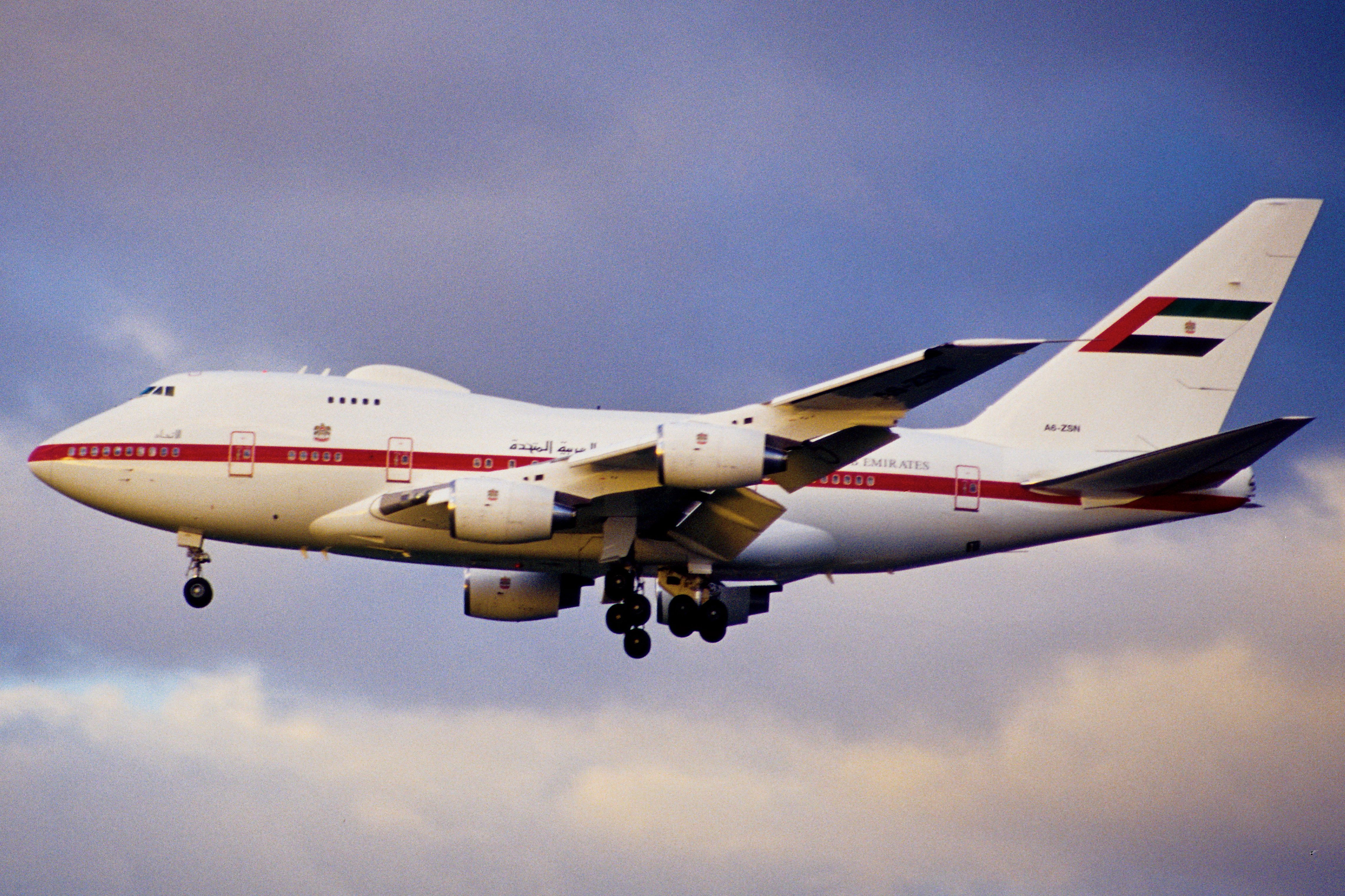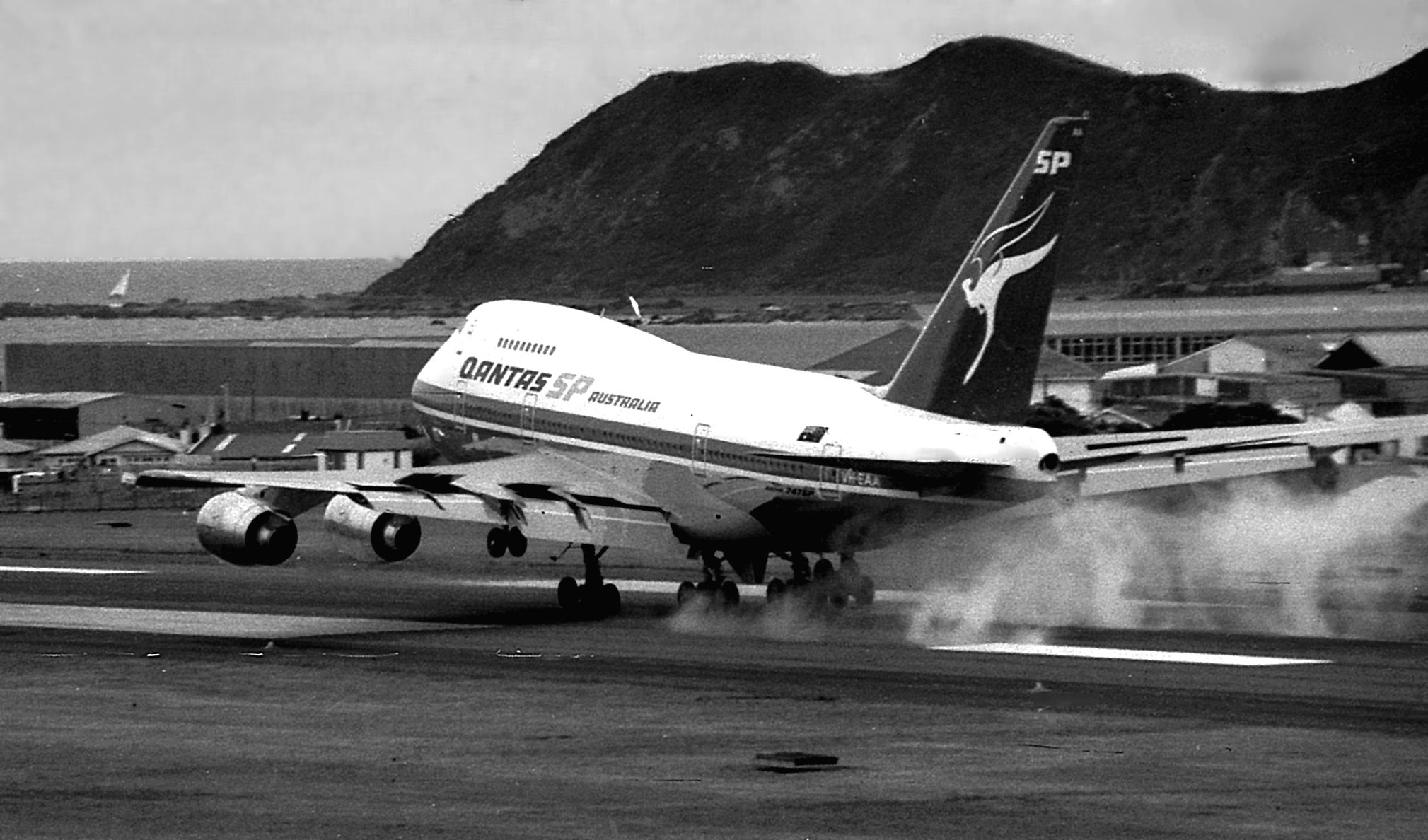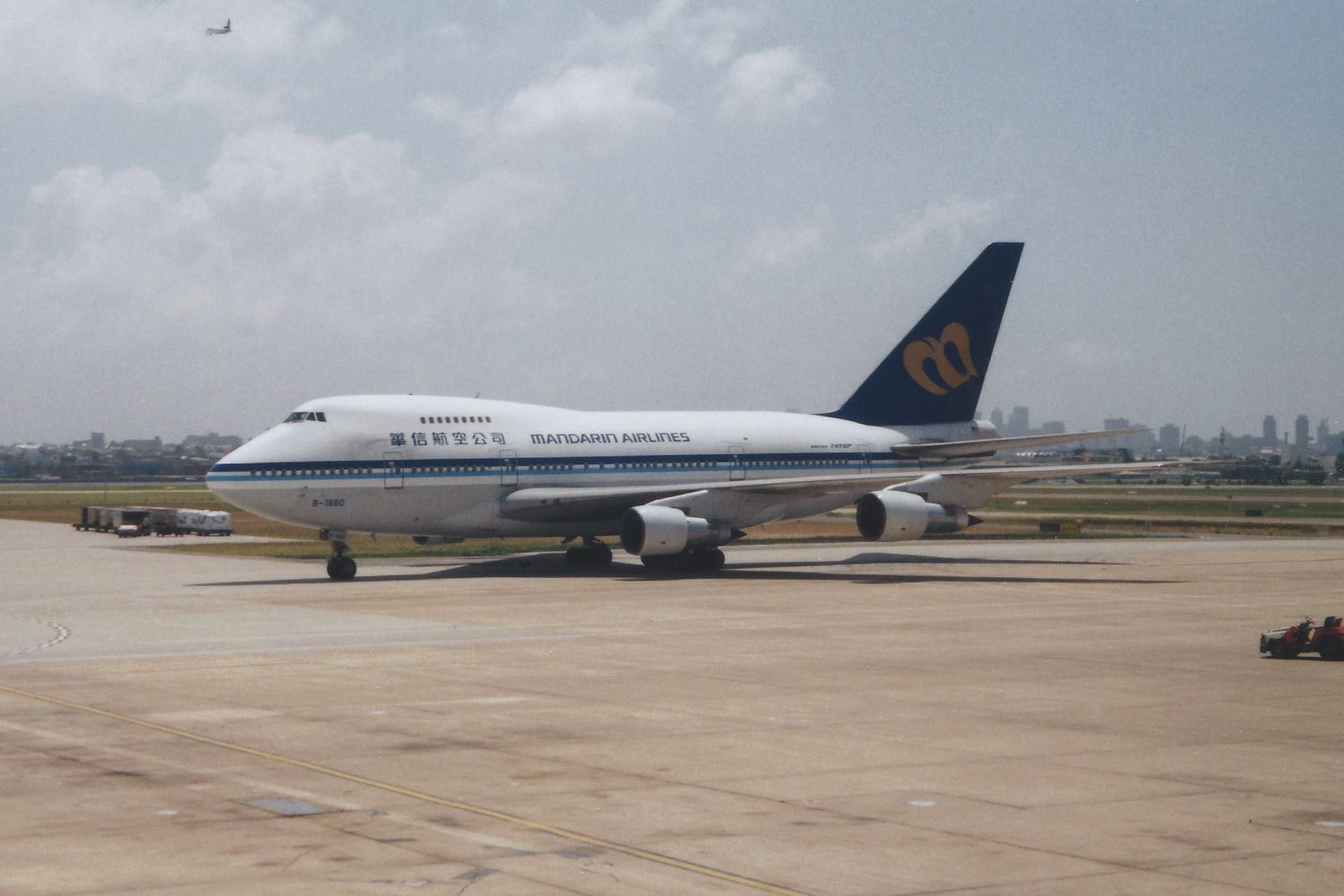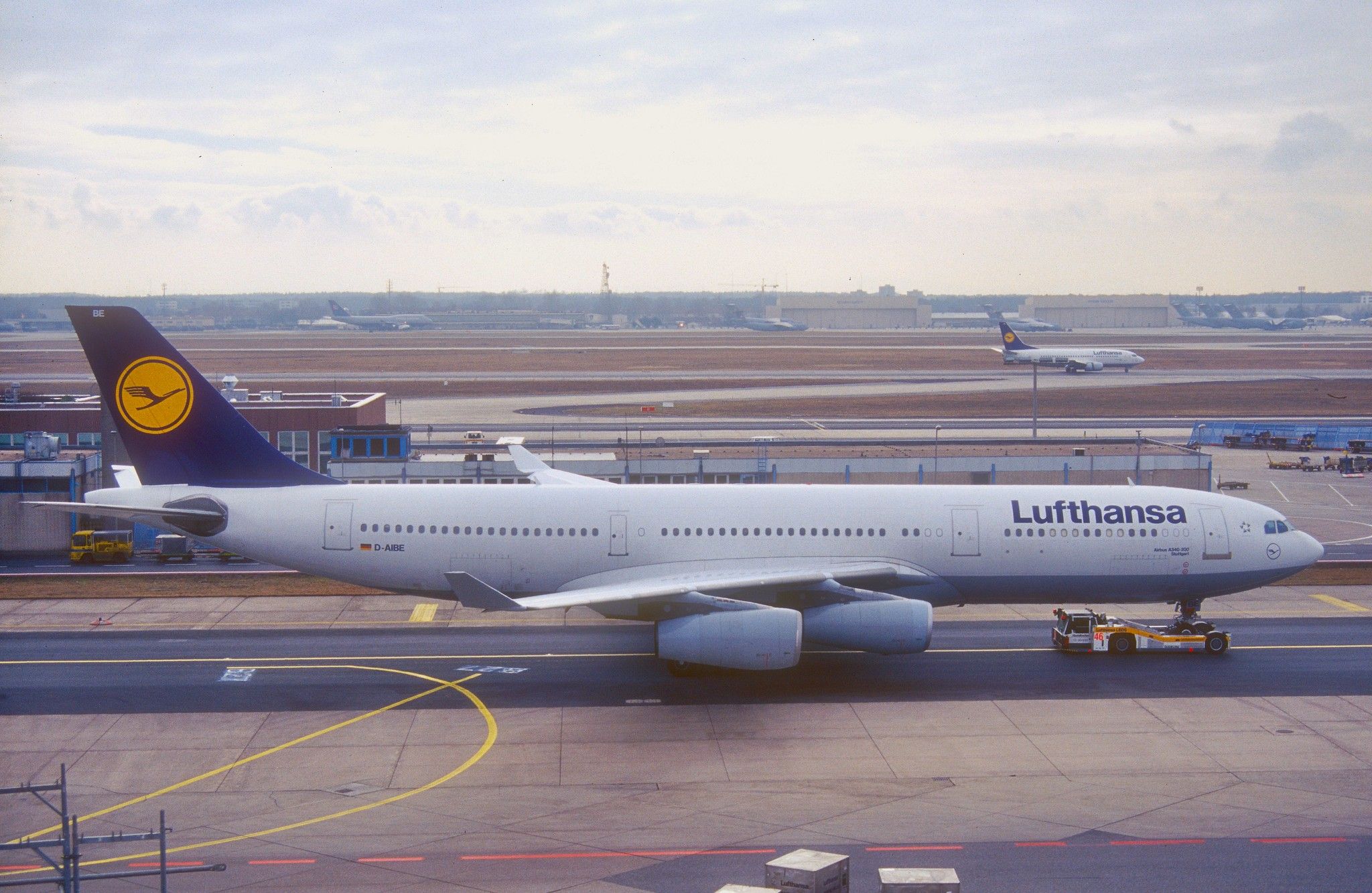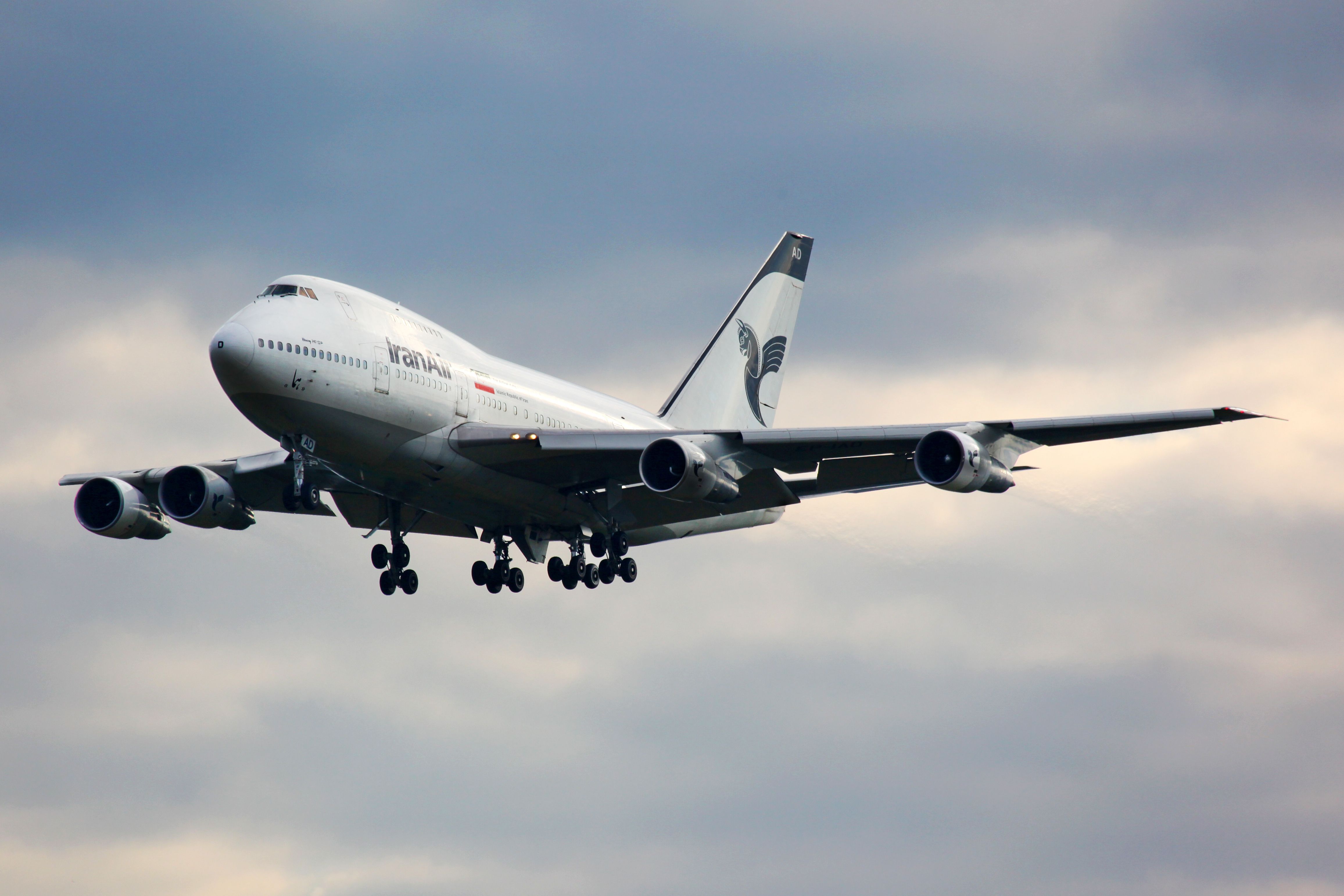The Boeing 747 ASB was a proposed aircraft design that was essentially a Boeing 747-400 with a shortened fuselage. The ASB was initially envisioned as the perfect medium-haul airliner that could fill a niche required by airlines without pumping a tremendous amount of money into developing an entirely new aircraft. But, despite some interest from carriers, the 747 ASB concept never took off. Let's have a look at why.
What was the Boeing 747 ASB?
The Boeing 747 ASB is a rather special plane because it was never actually built. The ASB - which stands for 'Advanced Short Body' - was designed in response to Airbus launching the A340 and the famous tri-jet McDonnell Douglas MD-11 in 1986.
It was essentially a combination of the advanced technology of the Boeing 747-400 combined with the short-body of the Boeing 747SP (Special Performance), a shortened, long-range version of the superjumbo. The SP had entered service in 1976 and measured 47 feet shorter than the standard 747 but ultimately proved a disappointment from a sales perspective.
Check out our guide on the Boeing 747 SP!
With a new ASB design, Boeing planned to incorporate the improved technology from the 747-400 while retaining the concept of a shorter, longer-range widebody. However, interest from airlines was low, and the project was canceled in 1988 in favor of the Boeing 777. Hindsight shows this was an excellent decision for Boeing, as the 777 has proven to be one of the manufacturer's most successful programs.
What were the Boeing 747 ASB specifications?
When Boeing offered the aircraft, it had the following specifications:
- The aircraft was to carry 295 passengers at a max range of around 8,000 NM (15,000 km).
As it was the combination of both the 747-400 and the 747 SP, here is how it compared to the two types:
- The original Boeing 747-400 could carry 416 passengers, with a range of 7,500 NM (14,200 km).
- The Boeing 747SP could carry 276 passengers, with a range of 5,830 NM (10,800 km)
For those who noticed the poor range of the 'long-range Boeing 747 SP', it was developed decades before the Boeing 747-400. The Boeing 747 ASB was the 2nd generation of the 747SP, with the latest improvements Boeing could offer.
Compared to the two competitors on the market:
- The A340-200 could carry 261 passengers to a range of 7,600 NM (14,100 km)
- The McDonnell Douglas MD-11 could transport 298 passengers to a range of 6,725 NM (12,455 km).
Looking at the numbers above, it is clear that the 747 ASB was designed to beat the A340 from Airbus and secure Boeing's grip on the 250+ seats market. Additionally, compared to the MD-11, although it couldn't carry as many passengers, it could fly further.
Boeing also claimed that the Boeing 747 ASB could 'get there 30 minutes earlier [than anyone else on the market]'. As it was never built, this claim cannot be substantiated. The aircraft was built for long-range travel and had a crew section in the plane's tail. This was in addition to the two bunks for the pilot crew near the cockpit.
Discover more aviation news with Simple Flying.
Why was it never ordered?
The Boeing 747 ASB came at a very strange time for the aircraft industry. Fuel prices were very high, and airlines were looking at new fuel-efficient twin-engine aircraft like the A330. Thus, Boeing did not receive enough interest for its proposed ASB concept.
Boeing would take notice of these trends and go on to release the 777 only a couple of years later, quietly shelving the Boeing 747 ASB under 'what could have been.' The two competitors of the 747 ASB would go on to be retired for the same reasons many years later.
Would it be a success today?
One has to imagine that, had Boeing developed and rolled out the 747 ASB, we would not have the 777 series or the Boeing 777X, which is scheduled to enter the market in 2025. Passenger Boeing 747s are now rare to see, with airlines retiring most of their quadjets in favor of significantly more efficient twinjets.
The 747 ASB may have enjoyed some degree of success in its early days, but in today's market, it would be highly inefficient compared to what's available from other manufacturers. Its proposed range is similar to the Airbus A350-900, which can seat over 300 passengers in a two-class configuration, powered by two engines - even if the ASB were fitted with the latest engine tech, its four engines would be far more costly to operate.
What do you think? Would you have liked to have flown on the Boeing 747 ASB? Let us know in the comments.

